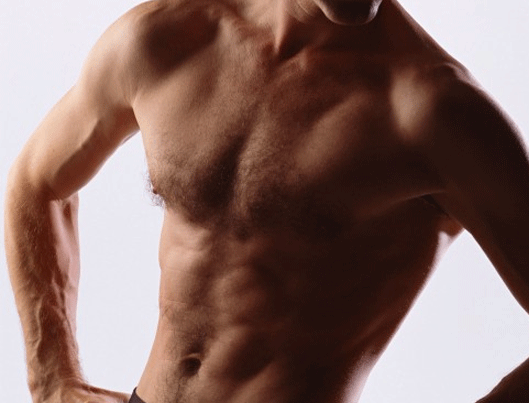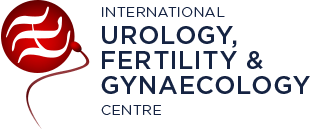
For the first 20 years post-graduation, I was totally unconvinced about male Hormonal Replacement Therapy (HRT) for Late Onset Hypogonadism (LOH). From an academic stanpoint, I did not see enough data in reputable medical journals to convince me on the merits and safety of Male HRT. It did not help that I saw a lot of articles in non-academic platforms telling me how great it is! The protocols were not defined and there was a lot of Traditional Chinese Medicine (TCM) stuff floating around.



